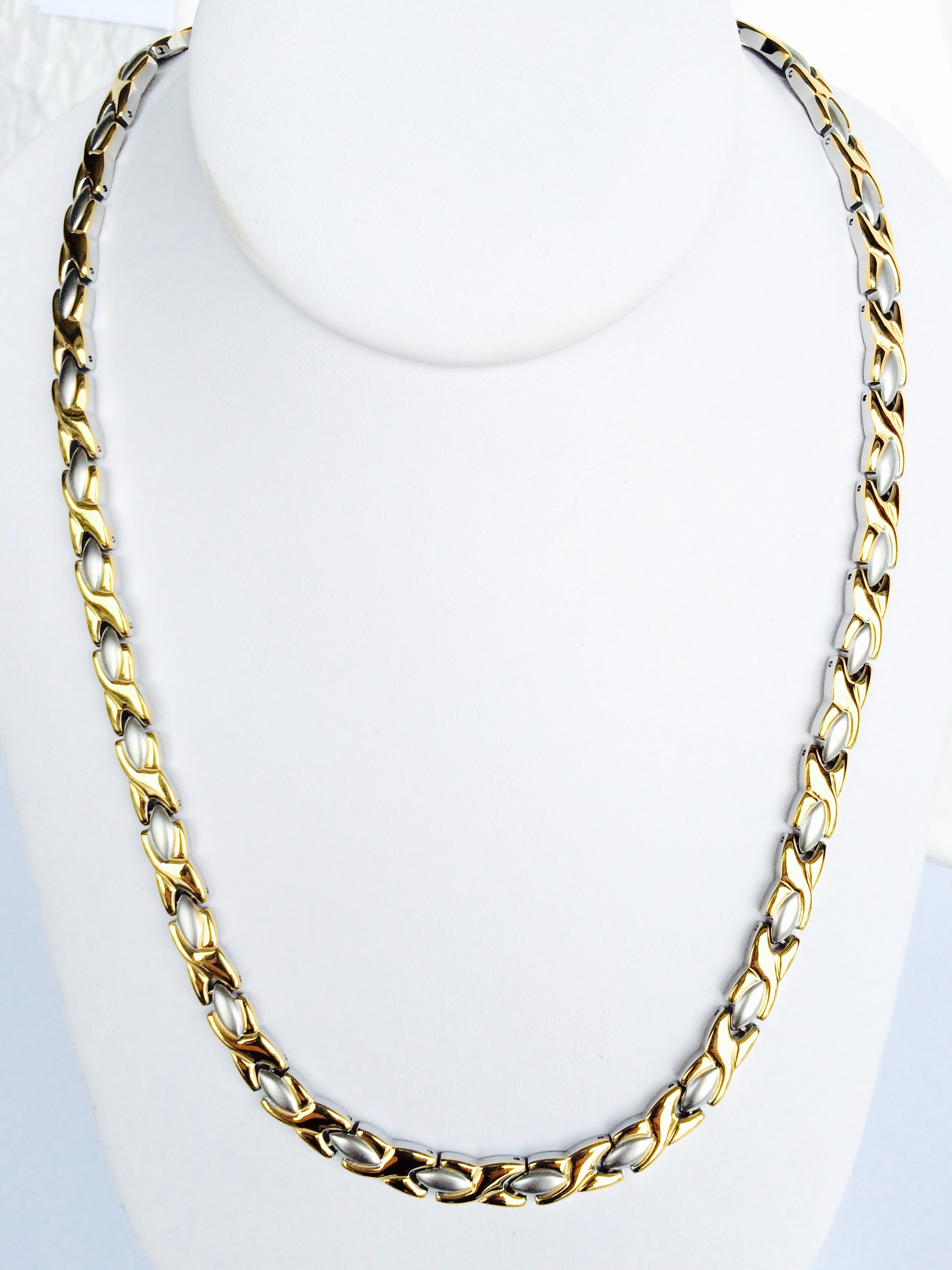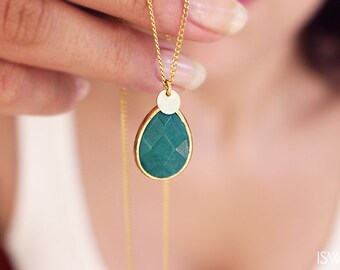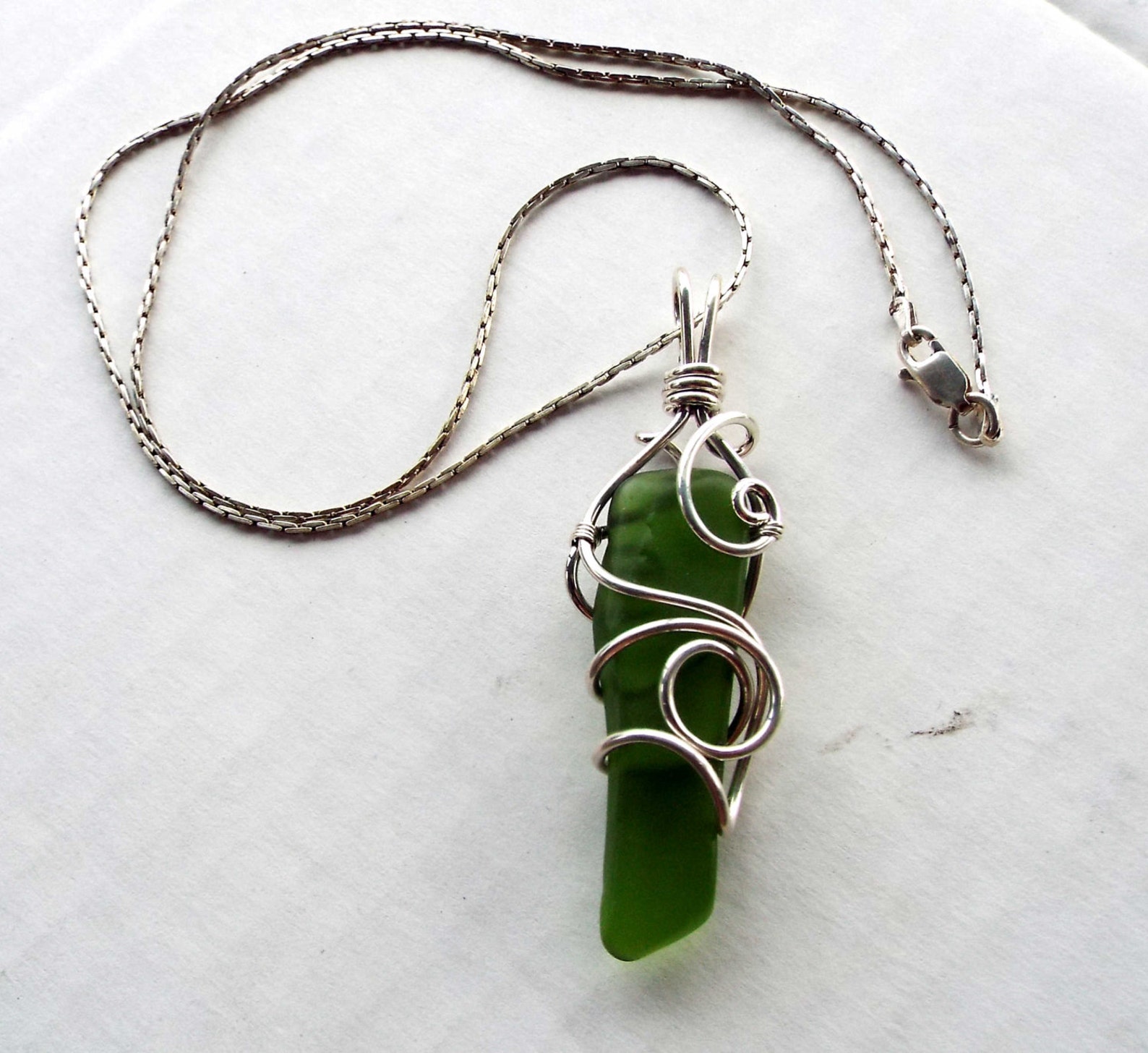
Besides that name, the process is called ion assisted deposition (IAD) or ion vapor deposition (IVD). The ion plating process may also be known as physical vapor deposition (PVD), its technical term that applies to several methods. An opposite electrical charge is introduced to force the coating and substrate to bond.The vapor is propelled onto the bonding material.The coating and bonding agent are vaporized by an electrical charge.A coating material is prepared with a bonding agent, such as titanium nitride.The surface material, or substrate, is cleaned of any impurities through a process known as sputtering.

This ring is ion plated with yellow and rose gold.

And, of course, this ultimately drives down prices for consumers. This can drastically reduce costs when manufacturing products in bulk. Thanks to the bonding process that is utilized, less material is needed to coat the item. The coating material is applied in a very thin layer. This makes ion plated jewelry and accessories a rugged option for daily wear. Experimentation has shown that this new method can be five to eight times more durable. This process has quickly gained a strong following, and with reason! Ion plating is very durable compared to traditional techniques. Stainless steel offers a hardwearing, reliable base.The finish can be highly polished or matte, and options in-between.Available in many attractive colors such as black, rose gold and yellow gold.Less material is required for coating, lowering prices.



 0 kommentar(er)
0 kommentar(er)
